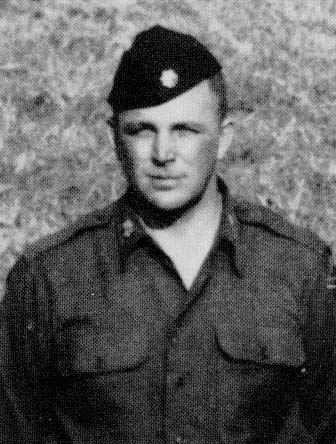James Rudder
Can you believe a WWII veteran climbed up 100 foot cliffs to destroy 155mm guns? Lieutenant James Rudder, a war hero, was at Pointe Du Hoc on D-Day, June 6th, 1944, in Normandy, France. This valiant soldier had a interesting background story and amazing accomplishments.
Before the war started, James Rudder had a interesting background story. On May 6th, 1910, Rudder was born in Eden, Texas into a family with five other brothers. He was a farmer and loved football. Rudder went to John Tarleton Agriculture and Texas A and M for college and studied industrial education. In 1933, he married Margaret Williamson and he met her in Brady High School while he was coaching football. Then, in 1941, he joined the U.S Army. In 1943, James Rudder trained the 2nd battalion of the U.S Army Rangers. Then came D-Day.
The risk-taking soldier had many accomplishments but the what he did on D-Day was amazing. Lieutenant James Rudder, in charge of the second ranger battalion, landed at Pointe Du Hoc with his squadron on June 6th, 1944. Their mission was to climb up over 100 foot cliffs and destroy 155mm guns so that a fleet of Allied ships could come through. The Battalion made it up those cliffs through enemy fire and then held back counter attacks from the Germans. As a result, Rudder got wounded twice and the squadron had a casualty rate higher than 50 percent. James Rudder was one of the most decorated soldiers in World War II because of this act. After the war, he became mayor of Brady, Texas in 1946, and stayed in that position until 1952. In 1958, he became vice president of Texas A and M College and in 1959 he became president. During these events, he was still in the Army but in the reserves. He ended up becoming becoming a major general and retired in 1967 after being in the army for 35 years.
James Rudder did a brave thing by climbing those cliffs. It's impressive how he went from being a farmer in Texas to a famous World War II veteran. Even though Rudder passed away in 1970, we still remember him as the hero of D-Day.
 James RudderWikimedia Commons
James RudderWikimedia Commons
Page created on 1/17/2019 2:52:59 PM
Last edited 1/19/2019 6:37:28 PM
